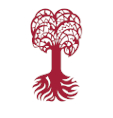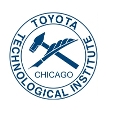
This is the KITTI semantic instance segmentation benchmark. It consists of 200 semantically annotated train as well as 200 test images corresponding to the KITTI Stereo and Flow Benchmark 2015. The data format and metrics are conform with The Cityscapes Dataset.
The data can be downloaded here:
The instance segmentation task focuses on detecting, segmenting and classifzing object instances. To assess instance-level performance, we compute the average precision on the region level (AP) for each class and average it across a range of overlap thresholds to avoid a bias towards a specific value. As described in The Cityscapes Dataset, we use 10 different overlaps ranging from 0.5 to 0.95 in steps of 0.05. The overlap is computed at the region level, making it equivalent to the IoU of a single instance. We penalize multiple predictions of the same ground truth instance as false positives. To obtain a single, easy to compare compound score, we report the mean average precision AP, obtained by also averaging over the class label set. As minor scores, we add AP50% for an overlap value of 50 %.
- AP: Average precision as described above.
- AP 50%: Average Precision with 50 % overlap.
 Laser Points: Method uses point clouds from Velodyne laser scanner
Laser Points: Method uses point clouds from Velodyne laser scanner Depth: Method uses depth from stereo.
Depth: Method uses depth from stereo. Video: Method uses 2 or more temporally adjacent images
Video: Method uses 2 or more temporally adjacent images Additional training data: Use of additional data sources for training (see details)
Additional training data: Use of additional data sources for training (see details)


